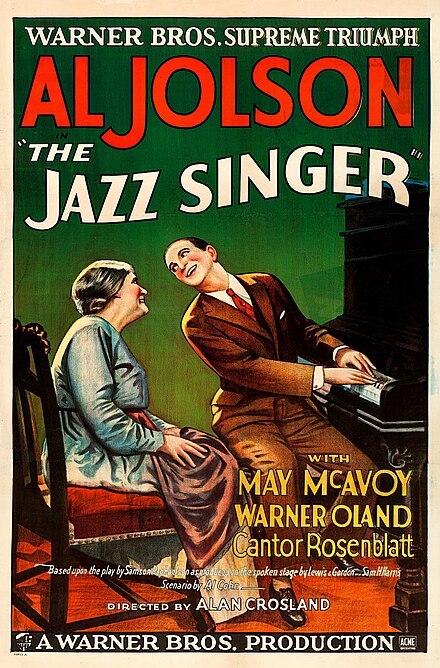Society's Relationship With Technology
I dare to make the generalization that technology has been beneficial for society. Because truly, it has. Without the immense technological advancements of the past decades, our world would look completely different from what it is today.
 It was fascinating to watch the FUTURAMA Ride at the 1964/65 NY World's Fair. The event illustrated the hopes that people in this decade had for the future, some of which have been attained, some of which have not. Chronologically ordered from the ride itself, we as a society, have walked on the moon, monitor space through satellites and stations, study ice cores, forecast weather months in advance and all across the world, deep sea exploration, mineral mining, extensive highway systems, residents in the mountains.
It was fascinating to watch the FUTURAMA Ride at the 1964/65 NY World's Fair. The event illustrated the hopes that people in this decade had for the future, some of which have been attained, some of which have not. Chronologically ordered from the ride itself, we as a society, have walked on the moon, monitor space through satellites and stations, study ice cores, forecast weather months in advance and all across the world, deep sea exploration, mineral mining, extensive highway systems, residents in the mountains.
There is a long list of hope from this era that we have built, and then expanded upon even more, to be where we are today. We have improved many technologies to increase our country's quality of life and grasp on our world.
This ride focused on how we will utilize our environment to create these incredible technological inventions and this futuristic life. We have achieved space exploration, extensive sea exploration as well as studying ice cores. However, what the FUTURAMA ride did not predict was the consequences of this environmental exploration. In the past decades, issues like deforestation, pollution, and global warming have overshadowed the advancement of the technology used to wreak such havoc on our environment. It was a good intention, and arguably necessary, for our society to complete the goals of the 60s. Good intentions lead to unintended consequences, and our world today is filled with the unintended consequences of rapid technological development.
I noticed that the internet was not on the FUTURAMA's list of future endeavors, nor was technology like laptops or iPhones. It is ironic that our everyday devices were not even fathomable inventions 60 years ago. And now, these inventions have become one of the most controversial aspects of modern society. The internet has completely revolutionized our work force and education world. Communication today looks completely different than it did during the World Fair, in both negative and positive ways. Our phones have both united our world, and further polarized it.
laptops or iPhones. It is ironic that our everyday devices were not even fathomable inventions 60 years ago. And now, these inventions have become one of the most controversial aspects of modern society. The internet has completely revolutionized our work force and education world. Communication today looks completely different than it did during the World Fair, in both negative and positive ways. Our phones have both united our world, and further polarized it.
The Mad World video demonstrates the devastatingly negative aspects of the internet and social media. Over the past decade, society has become addicted to social media. Our generation is especially unable to survive without a screen in hand.
To me, it feels as though we have lost the simplicity of good intention-based technology progress, and turned it into an unstoppable force of a completely digitalized world.
My Relationship With Technology
My relationship with technology reflects the themes of the last paragraph. I consult a variety of technology forms on a daily basis. All of my schoolwork revolves around a screen and the internet. This pattern continues with my professional and social lives. I am constantly checking social media, texting with friends, updating assignments on Google Docs and Blackboard, and trying to get over 500 LinkedIn connections. Safe to say, I would not have a life without the technology I use.
 Unfortunately, this means that I spend a lot of time on the internet and social media. I went ahead and checked my daily screen time within the last week, which was almost abysmal. I had spent about 3 hours daily on social media, whether that be TikTok, Instagram, Snapchat, Pinterest, etc. My total daily usage with 8 hours, which feels like I spend the entire day glued to my phone or computer. Many of these hours are spent doing productive things for classes and work, but many of them are also spent scrolling through social media posts.
Unfortunately, this means that I spend a lot of time on the internet and social media. I went ahead and checked my daily screen time within the last week, which was almost abysmal. I had spent about 3 hours daily on social media, whether that be TikTok, Instagram, Snapchat, Pinterest, etc. My total daily usage with 8 hours, which feels like I spend the entire day glued to my phone or computer. Many of these hours are spent doing productive things for classes and work, but many of them are also spent scrolling through social media posts.
This is both disheartening, and enlightening because of the necessity of an extensive online presence. I feel that sometimes I worry more about my social media reputation than I do my in person reputation, because the latter seems to matter less and less in today's society.
.jpeg)


.jpg)

























